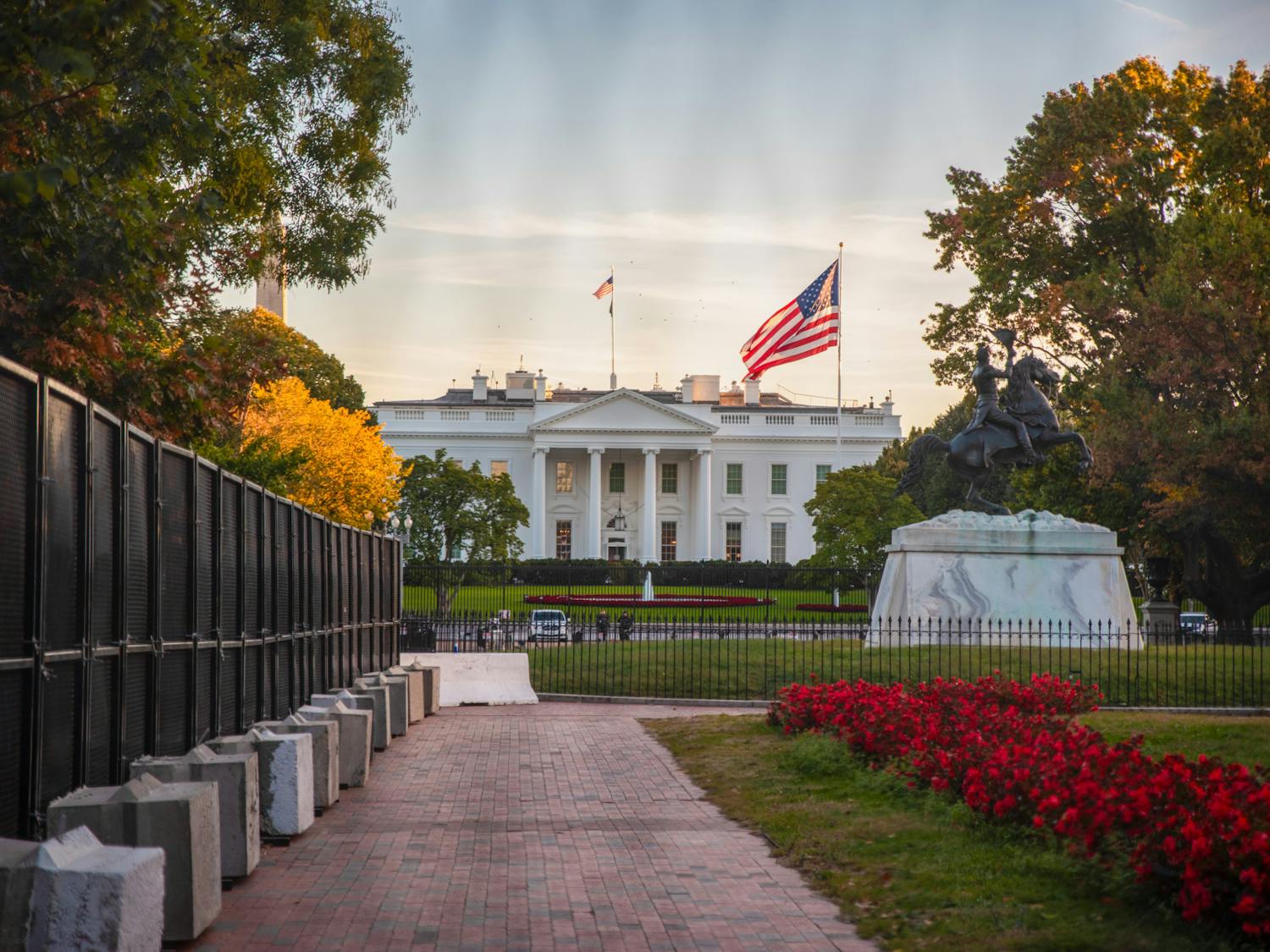Intended as a proverbial meeting of the minds, the Minority Recruitment Symposium held Thursday night at Civic House ended up looking more like a disorganized high school student council meeting -- but was a necessary first step in the struggle for campus diversity, according to those present. More than 30 student leaders and representatives from various campus organizations met to "discuss minority recruitment programs and methods," with hopes of crafting a formal proposal to present at a race relations panel of University administrators during the upcoming Unity Week. Kicking off the evening, Wharton junior Ryan Robinson -- student life committee chairperson of the Undergraduate Assembly -- explained the impetus for the symposium. "The reason we planned this event is not because Penn necessarily has a problem with minority recruitment," he said. "But it's always an area that can be improved." Subjects of conversation ranged from the history of minority issues to Penn's present minority situation -- with most people agreeing that diversity is not what it should be at the University. The 143 African Americans and the 117 Latinos in the Class of 2002 make up 5.9 and 4.8 percent of the freshman class, respectively. Both figures, however, are much lower than the minority groups' representation in the wider American population. "Diversity adds to the education of all of us here," said College junior Charles Howard, chairperson of the United Minorities Council. "Penn likes to pride itself on firsts. I think we should be the first Ivy League school to pride itself on diversity." As the night progressed, the group began to lose focus, with students disagreeing about what the ultimate objectives of the meeting were and how to go about accomplishing them. Long-term goals included making Penn more attractive for minority applicants, utilizing the network of minority Penn alumni and working to make the University's minority population proportional to that of the general population. However, failing to stick with the common agenda and allowing too many differences to get in the way, representatives were unable to reach a concrete proposal and the discussion remained on a very non-specific, theoretical level throughout the evening. But the symposium was not a total loss, in fact serving to be quite the contrary. Participants' reactions to the forum were positive and optimistic. "It was the right first step," said College senior Hillary Aisenstein, a member of Civic House's steering committee. "Expecting that this meeting would run smoothly would have been naive. It was good for a broad-based group of people to meet about minority issues. We started something." Robinson later added his reflections on the night: "I think it was great that 35 of the University's student leaders, whether minority or not, came together and said this is an issue they want to tackle and improve." College junior Megan Davidson, also a member of steering committee, felt the symposium proved successful, despite some of the conflicts. "We knew it would be a heated discussion," she explained. "I'm glad it happened because it meant people cared." Davidson noted that many of the evening's participants hoped for another meeting. After the symposium broke for dinner the representatives seemed anxious to continue the discussion in smaller groups. "I think that a lot of people were frustrated that nothing tangible got done and that we couldn't address every issue," said Wharton junior and UA Chairperson Bill Conway. "With that, the symposium did its job. People right now are talking to each other about the issues [and] arranging meetings, and that was the aim of the symposium," he said.
The Daily Pennsylvanian is an independent, student-run newspaper. Please consider making a donation to support the coverage that shapes the University. Your generosity ensures a future of strong journalism at Penn.
Donate







